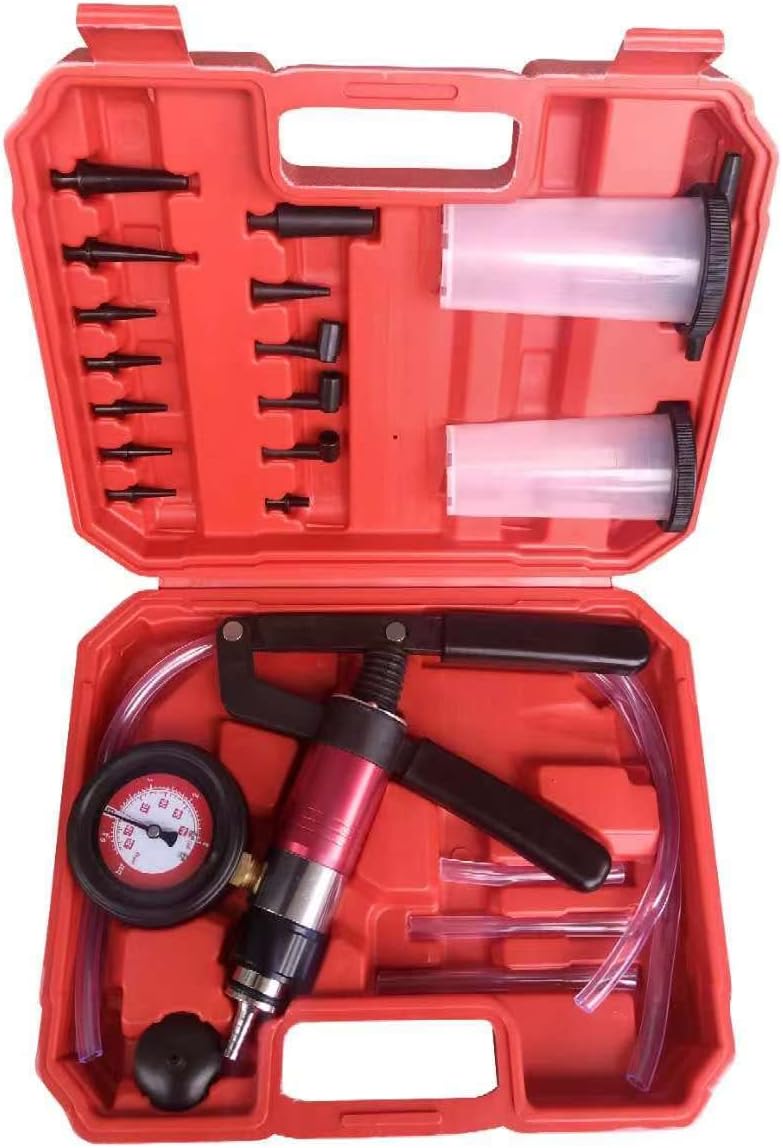









Understanding Pressure Testers: The Essential Tool for Every DIY Enthusiast
When it comes to ensuring the safety and efficiency of your plumbing systems, a pressure tester is an invaluable tool. But what exactly is a pressure tester, and why should you consider adding one to your toolkit? In this article, we’ll delve into the intricacies of pressure testers, explore their types, uses, and offer guidance on selecting the right one for your needs.
What is a Pressure Tester?
A pressure tester is a device designed to measure the pressure within a system, be it hydraulic, pneumatic, or plumbing. Imagine it as the stethoscope of your home’s plumbing—listening for any signs of trouble. By applying pressure to a system, you can identify leaks, weaknesses, or failures before they escalate into costly repairs.
Types of Pressure Testers
Just like a Swiss Army knife has multiple tools for different tasks, pressure testers come in various types to serve specific purposes. Here are some common types:
1. Water Pressure Testers
Used primarily in plumbing, these testers measure the water pressure in pipes and systems. If you’ve ever wondered why your shower isn’t as powerful as it used to be, a water pressure tester can reveal whether the issue lies within your plumbing.
2. Pneumatic Pressure Testers
These testers are designed for air systems. They are vital in industries where compressed air is used. Think of them as the air traffic controllers for your air systems, ensuring everything is running smoothly.
3. Hydraulic Pressure Testers
For those dealing with liquid under pressure, hydraulic pressure testers are essential. They help in evaluating the performance of hydraulic machinery and systems, which can be as intricate as a well-orchestrated symphony.
How to Use a Pressure Tester
Now that you have a basic understanding of pressure testers, let’s discuss how to use one effectively. Using a pressure tester can seem daunting, but with the right approach, it can be straightforward.
Step 1: Gather Your Equipment
Before you begin, ensure you have all necessary equipment. This typically includes the pressure tester itself, appropriate fittings, and safety gear. Just as a chef wouldn’t start cooking without all ingredients, you shouldn’t begin without your tools.
Step 2: Prepare the System
Make sure the system you’re testing is isolated from other systems, similar to how you would isolate ingredients for a specific recipe. This ensures that your readings are accurate and not affected by external factors.
Step 3: Connect the Tester
Attach the pressure tester to the system, ensuring a snug fit to avoid any leaks—think of it as fastening your seatbelt before a drive. Loose connections can lead to inaccurate readings or even accidents.
Step 4: Apply Pressure
Slowly apply pressure to the system. Monitor the readings carefully. If the pressure drops, you may have found a leak. This is much like checking the air in a tire; if it’s losing air, something is amiss.
Step 5: Analyze the Results
Once you’ve completed your test, analyze the results. If the pressure levels are within the acceptable range, you’re good to go. If not, further inspection is warranted—think of it as a doctor diagnosing a patient.
Choosing the Right Pressure Tester
Selecting the right pressure tester is crucial, as it can greatly influence the accuracy of your tests. Here are some factors to consider:
1. Purpose
Determine the primary use of the tester. Will you be testing water, air, or hydraulic systems? This decision will guide your selection process.
2. Accuracy
Look for testers that offer high precision. Just like a good watch, the more accurate the pressure tester, the more reliable your readings will be.
3. Durability
Invest in a sturdy model that can withstand the rigors of regular use. A well-built pressure tester can be likened to a trusty toolbox—it should be able to take a beating and still perform.
4. User-Friendliness
Choose a pressure tester that is easy to use, especially if you’re a beginner. A complicated tool can lead to frustration and errors, much like trying to follow a complex recipe without a clear explanation.
Conclusion
In conclusion, a pressure tester is an essential tool for anyone serious about maintaining their plumbing, pneumatic, or hydraulic systems. By understanding the different types of pressure testers, how to use them, and what to consider while purchasing, you’ll be well-equipped to tackle any pressure-related issues that come your way. Remember, a well-maintained system not only saves you money but also provides peace of mind.
FAQs
1. How often should I test my plumbing system with a pressure tester?
It’s advisable to test your plumbing system at least once a year, or whenever you notice changes in water pressure or leaks.
2. Can I use a pressure tester for multiple systems?
Yes, many pressure testers are versatile and can be used for various types of systems, but ensure they are compatible with the specific type you are testing.
3. What should I do if I find a leak during testing?
If you discover a leak, it’s best to consult a professional plumber. They can help identify the source and recommend the best course of action for repairs.
